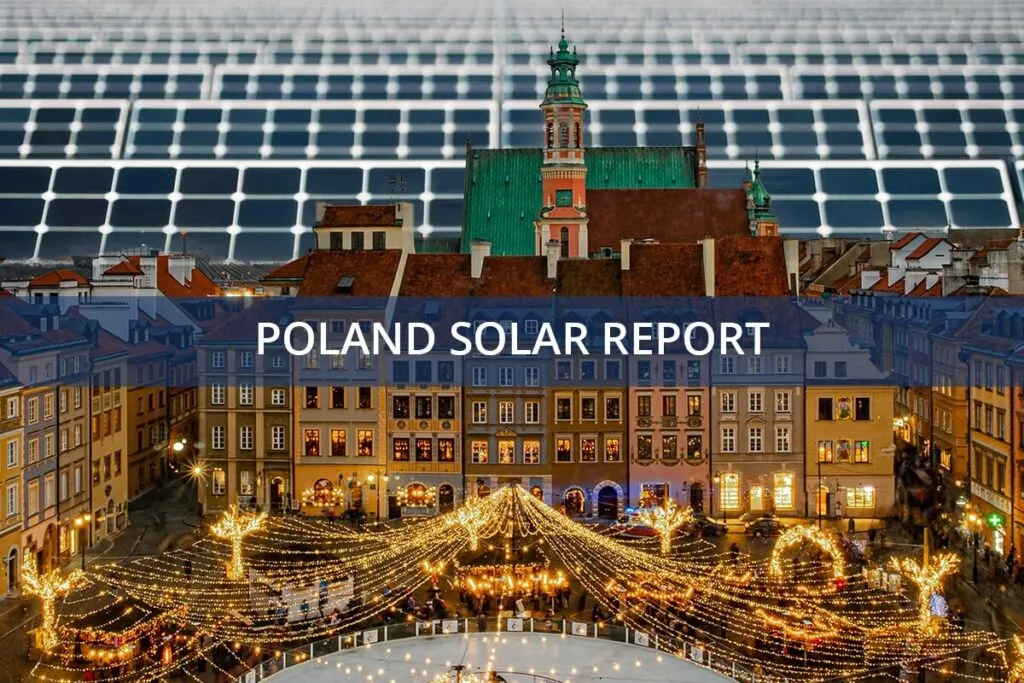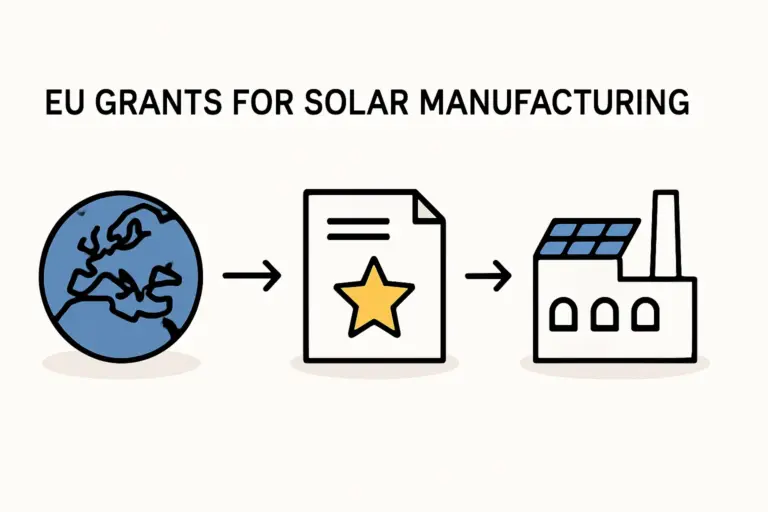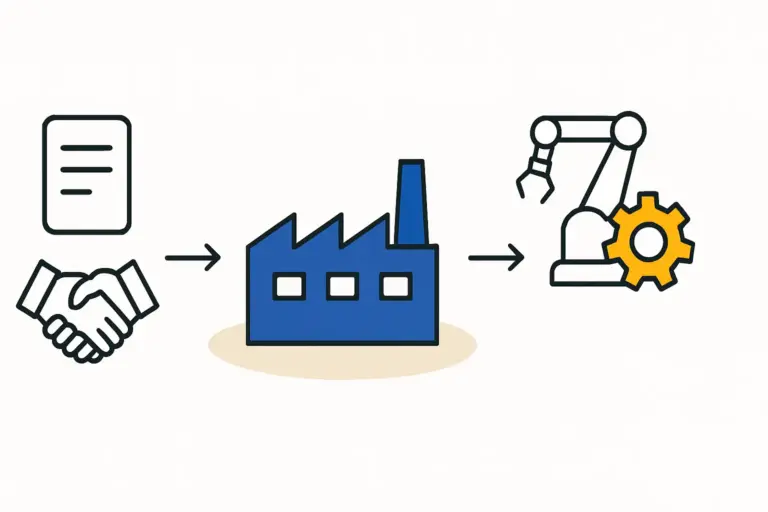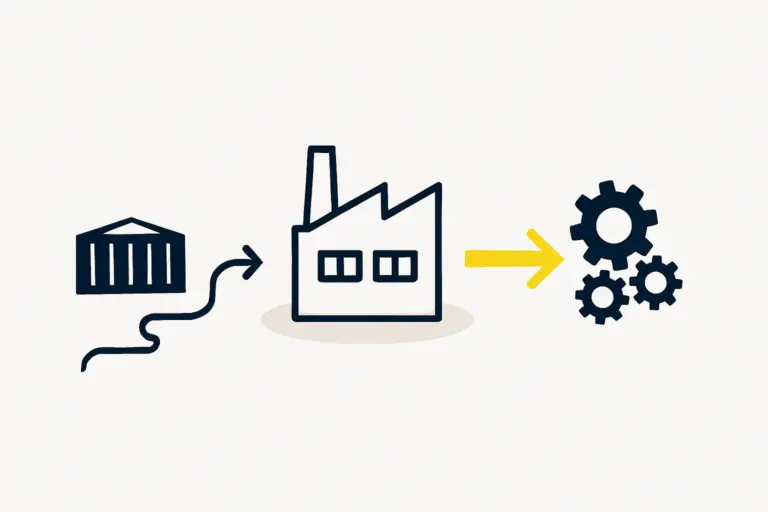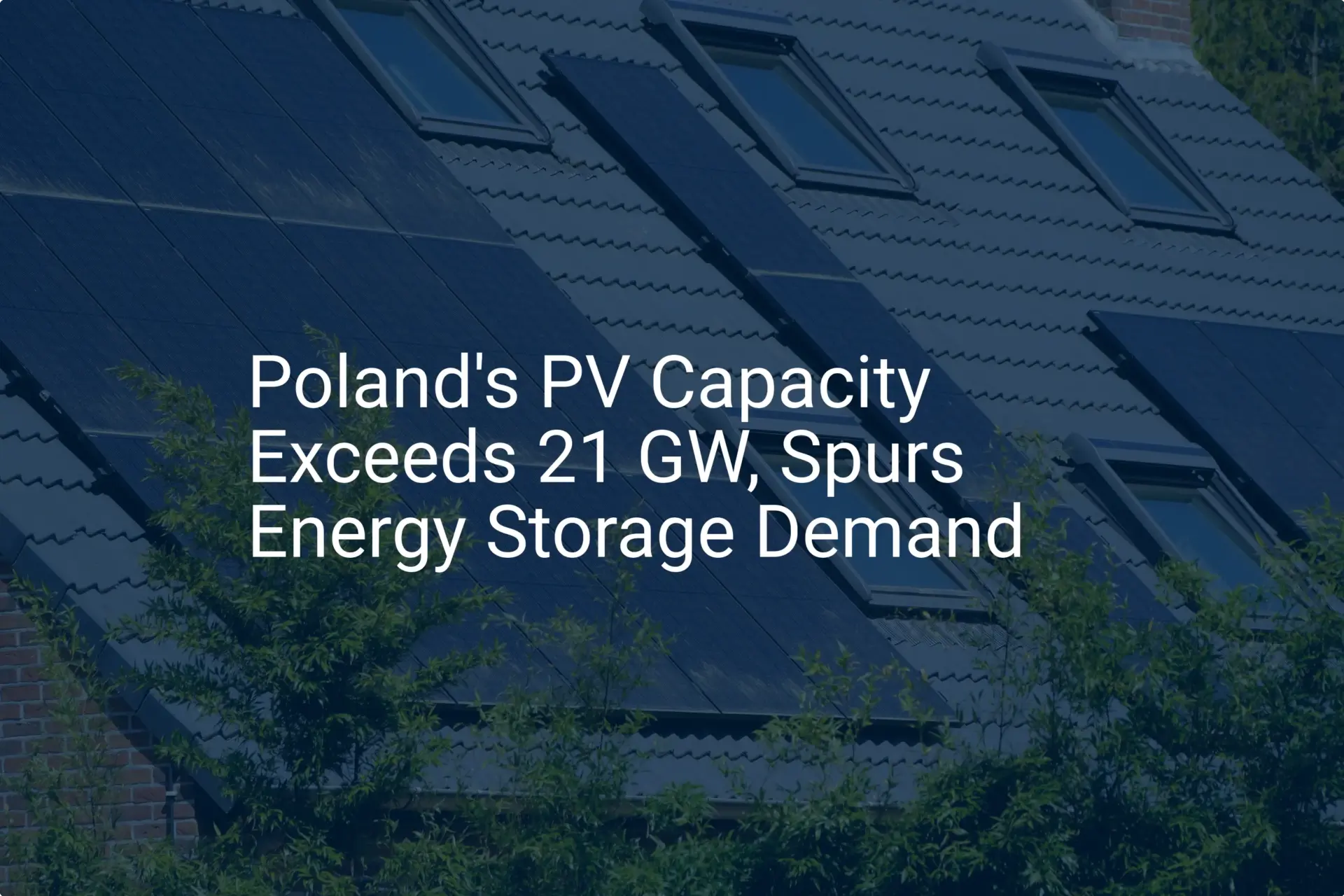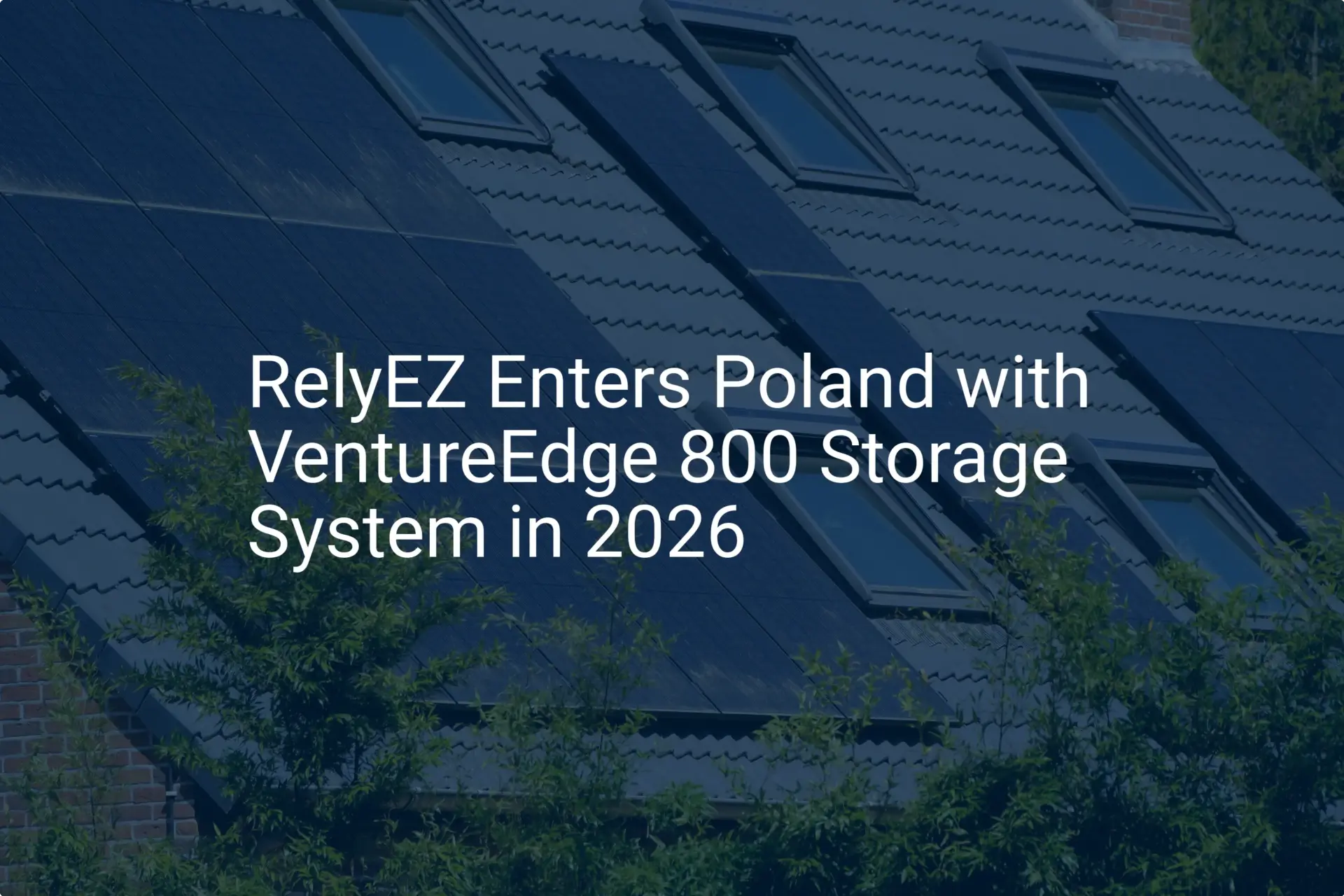The European Union’s drive for energy sovereignty is creating significant opportunities for entrepreneurs looking to enter the solar manufacturing sector. As the bloc aims to secure its supply chain, strategic production locations have become a key consideration. For many international investors, the immediate question is not if they should establish a European factory, but where. Poland, with its strategic location and robust incentive programs, presents a compelling answer.
This guide explores Poland’s investment framework, specifically its Special Economic Zones (SEZs), for prospective solar module manufacturers. It details the financial benefits, logistical advantages, and practical steps for leveraging this system to establish a competitive production facility in the EU.
The European Context: A New Era for Local PV Production
Understanding the broader European strategy is key to appreciating the value of Poland’s offer. Recent EU policies are not merely suggestions; they are foundational shifts designed to re-shore critical manufacturing capabilities.
The Net-Zero Industry Act (NZIA)
The cornerstone of this strategy is the Net-Zero Industry Act. This regulation sets an ambitious target: by 2030, the EU must produce at least 40% of its annual deployment needs for net-zero technologies, including solar photovoltaics. This directive creates a protected, high-demand market for locally produced modules, directly challenging the dominance of imported products. For an investor, this signals long-term policy support and market stability.
The 30 GW Manufacturing Goal
Complementing the NZIA is the EU’s specific goal to establish 30 GW of solar manufacturing capacity by 2025 across the entire value chain. This initiative encourages investment in every stage of production, from polysilicon to module assembly. A new solar module production line in Poland contributes directly to this European objective, making such projects a strategic priority for both national and EU-level governing bodies.
Understanding the Polish Investment Zone (PSI)
Historically, Poland offered investment incentives through geographically limited Special Economic Zones. A significant reform in 2018, however, transformed this system into the Polska Strefa Inwestycji (Polish Investment Zone, or PSI).
The PSI program effectively extends the benefits of an SEZ to the entire country. Investors are no longer confined to a predefined zone; they can instead choose a location that best suits their logistical and operational needs and still apply for tax incentives, provided they meet the criteria. The program is managed across the country by several regional authorities, which are often the legacy SEZ administrators.
This model offers far greater flexibility, allowing a business to build its factory near key transport hubs, suppliers, or labor markets while still qualifying for substantial government support.
Core Financial Incentives for Solar Manufacturers
The PSI program is built around powerful, long-term financial incentives designed to de-risk capital-intensive projects. The primary benefit is a significant exemption from Corporate Income Tax (CIT).
Corporate Income Tax (CIT) Exemption
Companies undertaking a new investment can receive a CIT exemption for a period of 10 to 15 years. The value of this tax relief is calculated as a percentage of either the total eligible investment capital expenditure or the two-year labor costs for newly hired employees.
The maximum aid percentage depends on the region’s development level, with less developed areas offering higher incentives to attract investment. This can range from 30% in more developed regions like Warsaw to as high as 70% in eastern provinces. For a typical investment for solar panel manufacturing, which involves substantial machinery costs, this tax relief can significantly boost the project’s return on investment (ROI).
Real Estate Tax Exemption
In addition to the national CIT exemption, many municipalities (gminas) offer exemptions from local real estate tax for new investors. While this is negotiated locally, it can represent a significant operational cost saving over the life of the facility.
Government Grants for Strategic Projects
For investments deemed strategically important to the Polish economy—a category into which a large-scale solar manufacturing plant could certainly fall—direct cash grants are available. These grants are negotiated on a case-by-case basis and are often tied to job creation and technological innovation.
A Comparative Look at Key Zones for Manufacturing
While the PSI program covers all of Poland, the legacy SEZ managing companies remain crucial partners, providing administrative support, infrastructure, and regional expertise. Several regions are particularly well-suited for high-tech manufacturing projects.
The Katowice Special Economic Zone (KSEZ)
Located in the industrial heartland of Silesia, the KSEZ is renowned for its strong automotive and engineering sectors. Its advantages include access to a deep pool of skilled technical labor, an extensive network of industrial suppliers, and excellent road and rail connectivity to Germany and the rest of Western Europe. Its industrial heritage means the regional workforce is adept at handling complex engineering and automation challenges, making it ideal for a manufacturer requiring a high degree of automation and access to specialized engineering talent.

The Wałbrzych Special Economic Zone (‘INVEST-PARK’)
Situated in southwestern Poland, this zone is home to major international manufacturing players, including Volkswagen and Mercedes-Benz. It has a proven track record in attracting and supporting large-scale foreign investment. The infrastructure is world-class, and its administrative body is highly experienced in guiding investors through regulatory processes. This makes it a strong choice for investors prioritizing a stable, predictable environment and a well-established ecosystem for large-scale manufacturing.
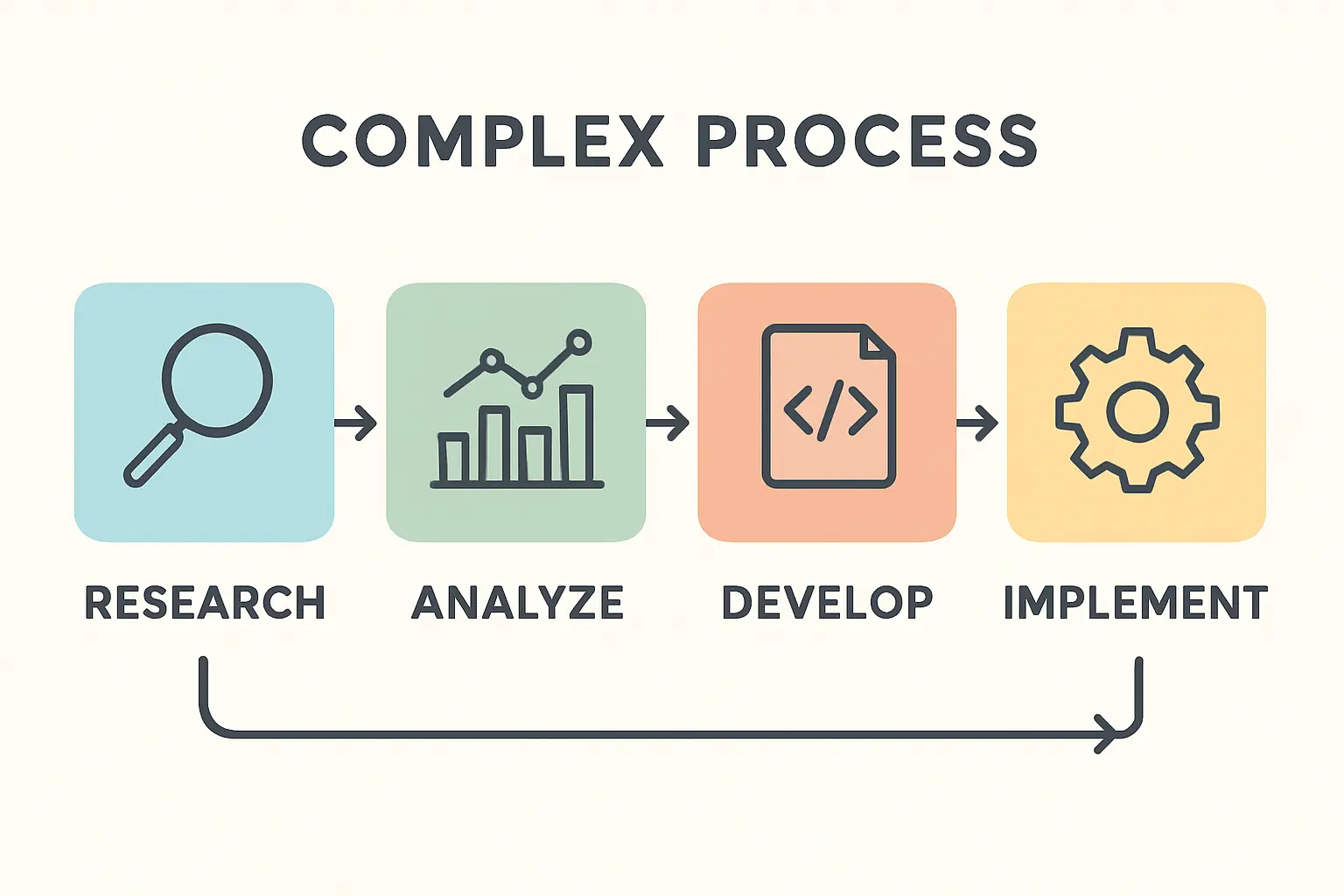
The Łódź Special Economic Zone (ŁSEZ)
Positioned in the geographic center of Poland, Łódź has rebranded itself as the country’s primary logistics hub. It offers unparalleled logistical access to all of Europe as a nexus of major motorways and railway lines, including the ‘New Silk Road’ rail connection to China. This connectivity is crucial for managing both the inbound supply of raw materials and the outbound distribution of finished solar modules. It is a superior choice for an assembly-focused operation where efficient supply chain management and distribution are top priorities.

The Path to Securing Investment Support
Securing PSI support involves a structured application process. The central point of contact for foreign investors is the Polish Investment and Trade Agency (PAIH).
The typical process involves:
- Initial Consultation: Consulting with PAIH to outline the project scope, solar panel business plan, and investment scale.
- Location Selection: Identifying a suitable site, often with guidance from regional SEZ partners.
- Formal Application: Submitting a detailed business plan that meets both quantitative (investment amount, jobs created) and qualitative (technological innovation, environmental impact) criteria.
- Decision and Agreement: Once approved, a formal decision on support is issued, outlining the terms and duration of the tax incentives.
Experience from turnkey projects shows that a well-documented and realistic business plan is the most critical factor for a successful application. Polish authorities prioritize projects that demonstrate long-term viability and strategic alignment with national economic goals.
Frequently Asked Questions (FAQ)
-
What is the typical minimum investment to qualify for the PSI program?
While there is no single official minimum, projects generally need to be substantial. For small and medium-sized enterprises, the threshold is often lower, but for large companies, an investment is expected to be in the millions of Euros to be considered significant. -
Is a Polish business partner required to set up a factory?
No, it is not a legal requirement. A foreign investor can establish a 100% foreign-owned subsidiary in Poland. However, engaging local partners or consultants is highly advisable for navigating administrative and regulatory procedures. -
How long does the approval process for PSI incentives typically take?
The timeline can vary with the project’s complexity, but it generally takes between three and six months from the submission of a complete application to receive a final decision. -
Are the tax incentives guaranteed for the entire duration?
Yes. Once the ‘Decision on Support’ is issued, the terms are legally binding for the specified period (e.g., 10, 12, or 15 years), provided the investor continues to meet the conditions outlined in their original application, such as maintaining the committed investment and employment levels. -
Is skilled labor for a high-tech solar factory readily available in these zones?
Poland has a strong reputation for technical education, particularly in engineering and IT. Regions like Silesia (Katowice) have a long history of industrial production, resulting in a workforce familiar with advanced manufacturing environments. However, competition for top talent exists, so a competitive compensation and training strategy is necessary.
Conclusion: A Strategic Entry Point into the European Market
For entrepreneurs and companies looking to establish a solar module manufacturing presence in Europe, Poland offers a uniquely compelling proposition. The Polish Investment Zone provides a flexible and financially attractive framework, backed by a strategic location, a skilled workforce, and strong government support.
Combining these incentives with a robust operational plan positions a new solar facility in Poland to compete effectively and capture a share of the rapidly growing European market for locally produced renewable energy technology. The next step for any serious investor is to develop a detailed feasibility study and financial model tailored to this promising environment.

